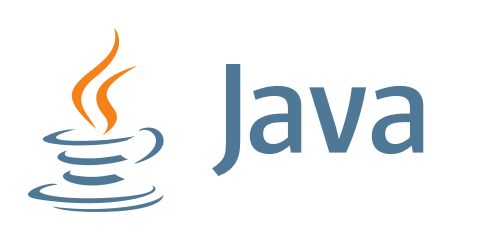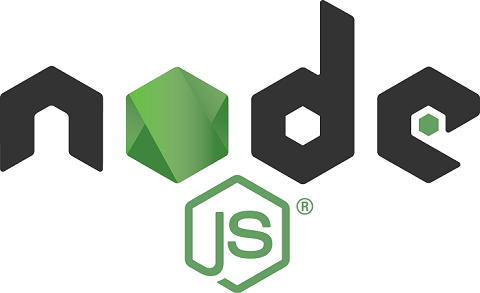jCasbin
News: still worry about how to write the correct jCasbin policy? Casbin online editor is coming to help! Try it at: http://casbin.org/editor/

jCasbin is a powerful and efficient open-source access control library for Java projects. It provides support for enforcing authorization based on various access control models.
All the languages supported by Casbin:




production-ready
production-ready
production-ready
production-ready
Table of contents
Supported models
ACL without users: especially useful for systems that don't have authentication or user log-ins.
ACL without resources: some scenarios may target for a type of resources instead of an individual resource by using permissions like write-article, read-log. It doesn't control the access to a specific article or log.
RBAC with resource roles: both users and resources can have roles (or groups) at the same time.
RBAC with domains/tenants: users can have different role sets for different domains/tenants.
resource.Owner can be used to get the attribute for a resource.
/res/*, /res/:id and HTTP methods like GET, POST, PUT, DELETE.
Deny-override: both allow and deny authorizations are supported, deny overrides the allow.
Priority: the policy rules can be prioritized like firewall rules.
How it works?
In jCasbin, an access control model is abstracted into a CONF file based on the PERM metamodel (Policy, Effect, Request, Matchers). So switching or upgrading the authorization mechanism for a project is just as simple as modifying a configuration. You can customize your own access control model by combining the available models. For example, you can get RBAC roles and ABAC attributes together inside one model and share one set of policy rules.
The most basic and simplest model in jCasbin is ACL. ACL's model CONF is:
# Request definition
[request_definition]
r = sub, obj, act
# Policy definition
[policy_definition]
p = sub, obj, act
# Policy effect
[policy_effect]
e = some(where (p.eft == allow))
# Matchers
[matchers]
m = r.sub == p.sub && r.obj == p.obj && r.act == p.act
An example policy for ACL model is like:
p, alice, data1, read
p, bob, data2, write
It means:
alice can read data1
bob can write data2
Features
What jCasbin does:
enforce the policy in the classic {subject, object, action} form or a customized form as you defined, both allow and deny authorizations are supported.
handle the storage of the access control model and its policy.
manage the role-user mappings and role-role mappings (aka role hierarchy in RBAC).
support built-in superuser like root or administrator. A superuser can do anything without explict permissions.
multiple built-in operators to support the rule matching. For example, keyMatch can map a resource key /foo/bar to the pattern /foo*.
What jCasbin does NOT do:
authentication (aka verify username and password when a user logs in)
manage the list of users or roles. I believe it's more convenient for the project itself to manage these entities. Users usually have their passwords, and jCasbin is not designed as a password container. However, jCasbin stores the user-role mapping for the RBAC scenario.
Installation
For Maven:
org.casbin
jcasbin
1.3.0
Documentation
Online editor
You can also use the online editor (http://casbin.org/editor/) to write your jCasbin model and policy in your web browser. It provides functionality such as syntax highlighting and code completion, just like an IDE for a programming language.
Tutorials
Get started
New a jCasbin enforcer with a model file and a policy file:
Enforcer enforcer = new Enforcer("path/to/model.conf", "path/to/policy.csv");
Note: you can also initialize an enforcer with policy in DB instead of file, see Policy persistence section for details.
Add an enforcement hook into your code right before the access happens:
String sub = "alice"; // the user that wants to access a resource.
String obj = "data1"; // the resource that is going to be accessed.
String act = "read"; // the operation that the user performs on the resource.
if (enforcer.enforce(sub, obj, act) == true) {
// permit alice to read data1
} else {
// deny the request, show an error
}
Besides the static policy file, jCasbin also provides API for permission management at run-time. For example, You can get all the roles assigned to a user as below:
Roles roles = enforcer.getRoles("alice");
Please refer to the src/test package for more usage.
Policy management
jCasbin provides two sets of APIs to manage permissions:
Management API: the primitive API that provides full support for jCasbin policy management. See here for examples.
RBAC API: a more friendly API for RBAC. This API is a subset of Management API. The RBAC users could use this API to simplify the code. See here for examples.
We also provide a web-based UI for model management and policy management:


Policy persistence
Role manager
Examples
Middlewares
Our adopters
Spring Boot support
We provide Spring Boot support, you can use casbin-spring-boot-starter to quickly develop in SpringBoot
In casbin-spring-boot-starter, we made the following adjustments.
Rewrite JDBCAdapter to support a variety of commonly used JDBC databases
Implement RedisWatcher
IDEA Editor Configuration Tips
Provide default configuration, automatic assembly
SpringSecurity integration (future)
Shiro integration (future)
License
This project is licensed under the Apache 2.0 license.
Contact
If you have any issues or feature requests, please contact us. PR is welcomed.







 jCasbin是一个强大的开源访问控制库,支持多种访问控制模型,如ACL、RBAC等。它提供了在线编辑器来方便地编写和管理策略。jCasbin不仅处理授权,还支持角色-用户映射和内置超级用户。它不负责认证或用户管理,但可以轻松集成到项目中进行权限控制。安装可通过Maven,并提供了管理和RBAC API以及Web UI。
jCasbin是一个强大的开源访问控制库,支持多种访问控制模型,如ACL、RBAC等。它提供了在线编辑器来方便地编写和管理策略。jCasbin不仅处理授权,还支持角色-用户映射和内置超级用户。它不负责认证或用户管理,但可以轻松集成到项目中进行权限控制。安装可通过Maven,并提供了管理和RBAC API以及Web UI。














 459
459

 被折叠的 条评论
为什么被折叠?
被折叠的 条评论
为什么被折叠?








